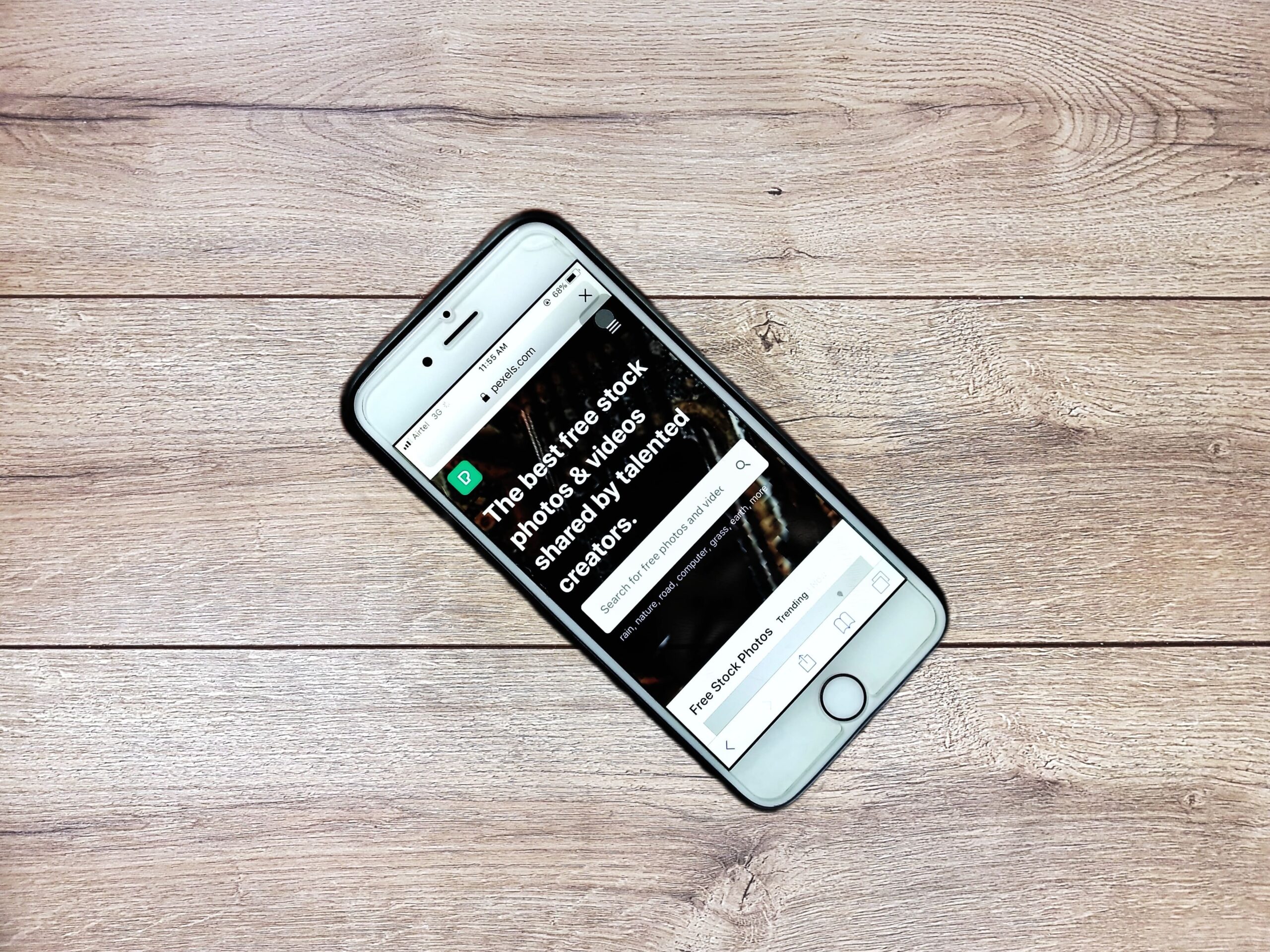
It is no surprise for anyone that with the extensive proliferation of smartphones and Android devices the world over, business organizations are now forced to think of alternative marketing strategies. The focus is on getting new customers, credible business leads, and prospects that want ‘easy-to-use’ applications in their daily lives. So, how to go about it? By designing a custom mobile application that opens seamlessly on all devices, loads fast, is easy-to-navigate, UI/UX rich, interactive, 100% mobile responsive, while being engaging and cleverly designed. All mobile apps need to have high image clarity and a clear intent of what your company wants to deliver its end-users. Let’s dive into this subject by learning about 6 smart tips for mobile application design.
App design that works seamlessly for all is always better than being something too out there, which ultimately achieves nothing. That doesn’t mean you cannot be creative. What I am saying is that if something is rather ‘old school’ or traditional but works well, we don’t need to reinvent the wheel. The bottomline is, the end-users must feel familiar and find mobile apps easy to use. This can only be achieved by keeping the design simple and the user-interface practical. Statistics reveal that all successful applications have more or less similar designs. An app that is difficult to use, understand and navigate through, is literally useless. You got to keep it simple so that anyone can use it, regardless of technological tenure.
ALSO READ: The Ultimate Guide To Mobile App Design
This is the key to mobile app design & development. Any mobile application must be extremely navigable, user friendly, interface-rich and intuitive in design. All the ‘call-to-action’ buttons must be clearly visible to users with proper attributes. It is always advised NOT to use jargon, which can confuse your prospects or customers that are using your App. Another important thing is that your ‘Menu Categories’ must not overlap. The users should be able to go back and forth easily. You need to engage your users by highlighting the new features.
These above mentioned features are quintessential for any mobile application design and development, across the globe. Typography refers to the font style and size in the mobile app. It plays a significant role in impacting user-experience. A quite familiar example here is when you search for YouTube videos, only some ‘vlogs’ catch your attention, which have a professional or intellectual looking font and thumbnail. Selecting the right fonts and having UHD image clarity can be a game changer. It not only enhances readability, but user experience too. The crux of the matter is users should not find it difficult to read the application’s content or text. Same applies to font & background color. You should not go for ‘loud’ and aggressive colors. You should go for a more soothing tone.
Mobile UI design MUST always be kept clutter-free. In any good mobile application design & development, clarity is one of the key aspects. If you overstuff your application design with too many buttons, images and texts, it can make the App complicated and difficult to understand for anyone. A cluttered design is NO help, and is the worst enemy of a mobile app UI design. You need to keep the design simple, practical and minimalistic. The basic idea must be to deliver the message to your user in a crisp and concise way. Since mobile screens have less space when compared to laptops or desktops, it is best advised to get rid of unwanted mobile design elements. Keep the UI design ‘clean’ and help the user to easily find the information they are looking for.
As all mobile and Android devices have smaller screens, it becomes imperative to fill-in as much of relevant and specific information pertaining to the company, brand, product or service. Therefore, a mobile app developer must keep in mind having short & crisp content that gives important information. In fact, the content should be easy to skim. Meaning, to be ‘optimally’ filled with the highly searched keywords and key phrases. People rather pick only the essential info that matters. The mobile application content must be optimized in such a manner that it is able to provide a seamless user experience to all ages.
With the Government becoming stricter on web design accessibility features, you must create a mobile app design that is easily accessible to everyone. The application design should comply with the ADA & WCAG guidelines. A well designed mobile application should be highly accessible to users with different types of physical disabilities, such as low vision, partial & total blindness, or hearing impairments. Therefore, the design of the App should be easy to navigate. Here, you must keep in mind the ‘thumb zone’ design concept, and be wary of the ‘OW zone’ for mobile phones that have a bigger screen size. It becomes difficult to hold the bigger phone in one hand and take your thumb to the ‘OW zone’ on the screen where some key icons are placed. It should also have ‘finger friendly’ tap targets in bigger sizes that are easily noticeable. Last but not the least, the mobile App design should be highly mobile responsive.
When you follow and master these 6 tips for designing mobile apps, you can’t go wrong. Trust my words! After all, user experience and the ease-of-use holds the key for mobile applications. If the mobile UI design is highly practical, it becomes easier to use. With all the buttons, fonts, colors, size and pixel-perfect clarity, your company’s mobile app is bound to stand out from the crowd.